Each NFL draft is a separate entity, but it can be interesting to see how the cycle comes around over seasons and even decades.
Many might remember the Will Smith movie based on and titled with the concept, Six Degrees of Separation, showing how people and events over time can be connected.
Back in the early 1960's, the Denver Broncos were a horrific franchise just stumbling along.
In 1964 the Broncos' head coach was Mac Speedie, who had enjoyed a brilliant playing career for the Cleveland Browns.
One of those peers, with whom he played in the league, as their paths crossed more than once, was Fred Gehrke, who we have written about many times and who is in the Pro Football Hall of Fame as a Pioneer Award winner.
Here are some of the top defensive back draft picks in Broncos history.
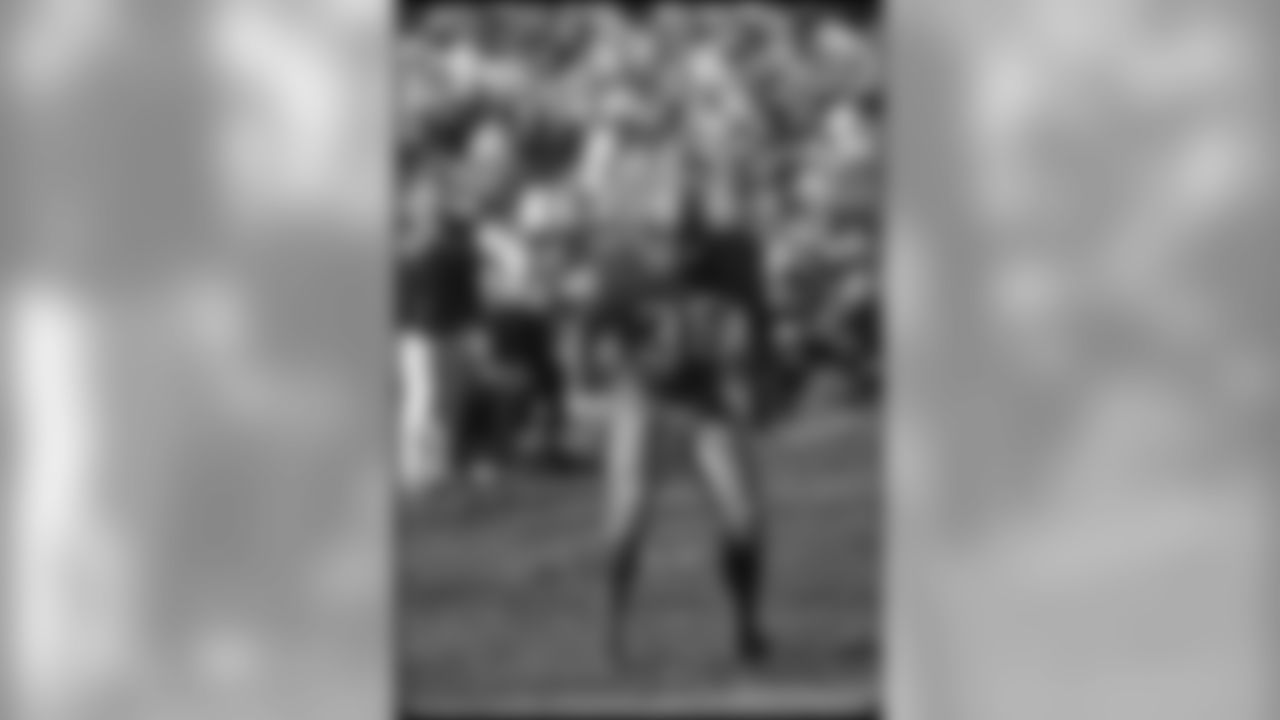
A muddied Billy Thompson (1969 NFL Draft - third round, 61st overall) during a game against the Kansas City Chiefs in October of 1969. Thompson spent 13 years with the Broncos as a player, making the Pro Bowl three times with one year as an All-Pro.
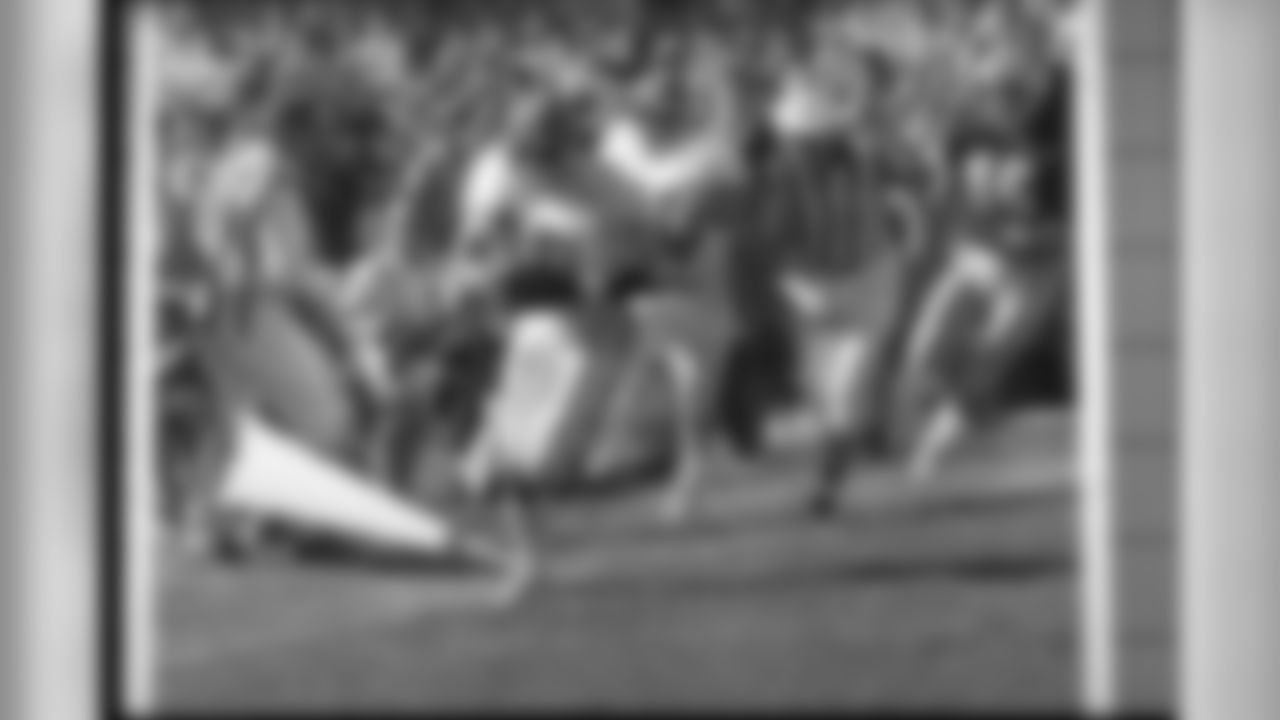
Cornerback Louis Wright (1975 NFL Draft - first round, 17th overall) looks to take an Oakland turnover to the house for a touchdown. Wright was a five-time Pro Bowler in his 12 years with the Broncos, including two years as an All-Pro.
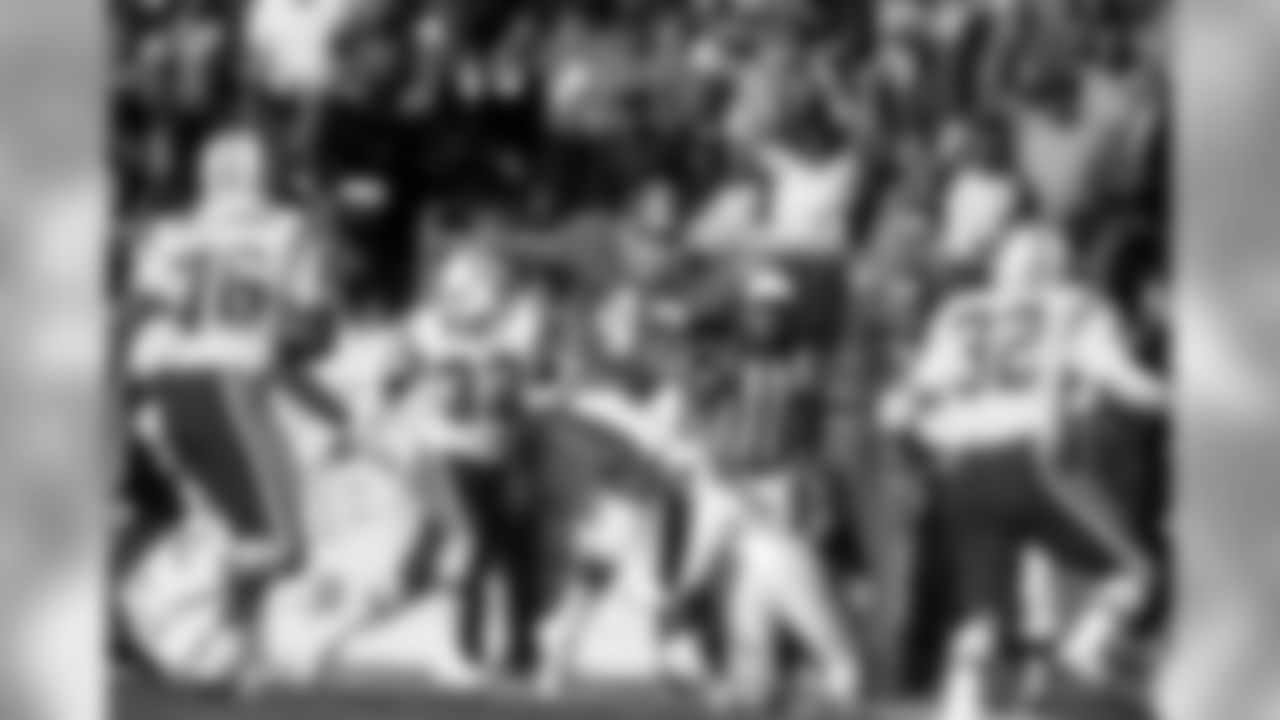
Safety Steve Foley (1975 NFL Draft - eighth round, 199th overall) returns an interception during a game against the Patriots. Foley spent his entire 11-year career with the Broncos, starting 136 of 150 games.
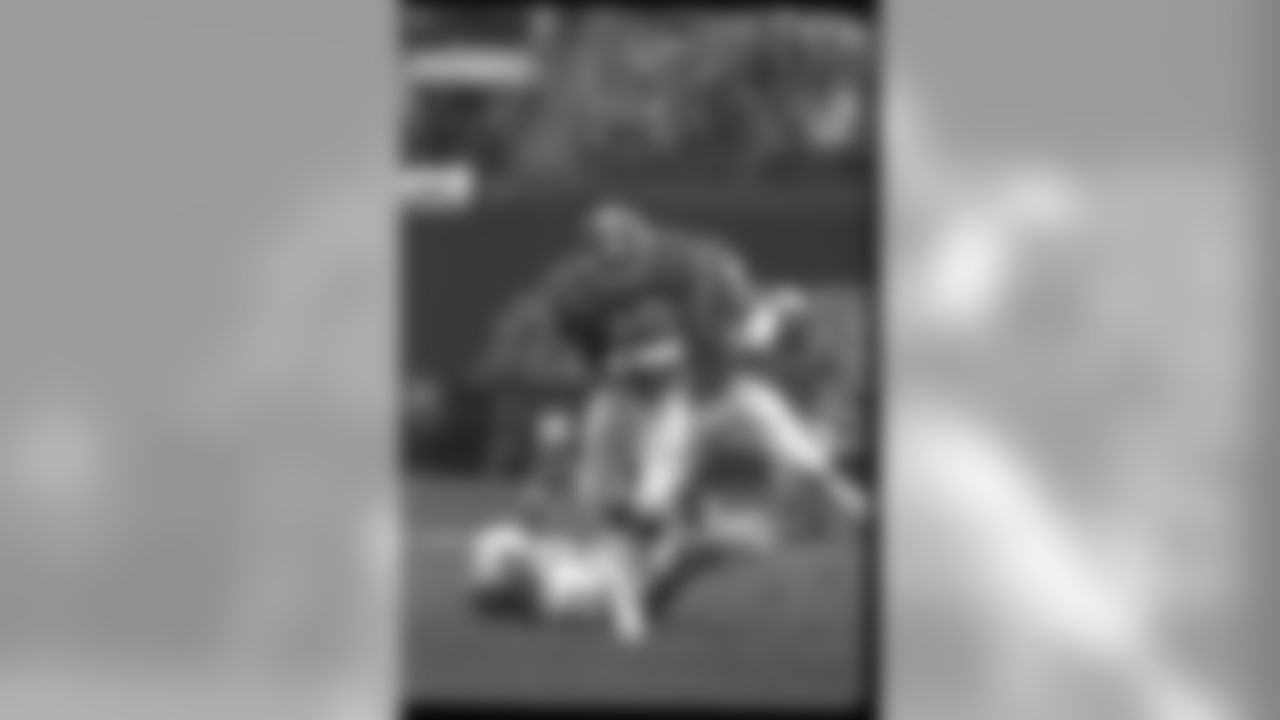
Safety Dennis Smith (1981 NFL Draft - first round, 15th overall) creates a turnover. Smith was a six-time Pro Bowler for the Broncos in his 14 years in Denver.

Tyrone Braxton (1987 NFL Draft - 12th round, 334th overall) wraps up a Jets player. The defensive back played all but one year of his 13-year NFL career in Denver, starting 132 of 165 games he played for the Broncos.
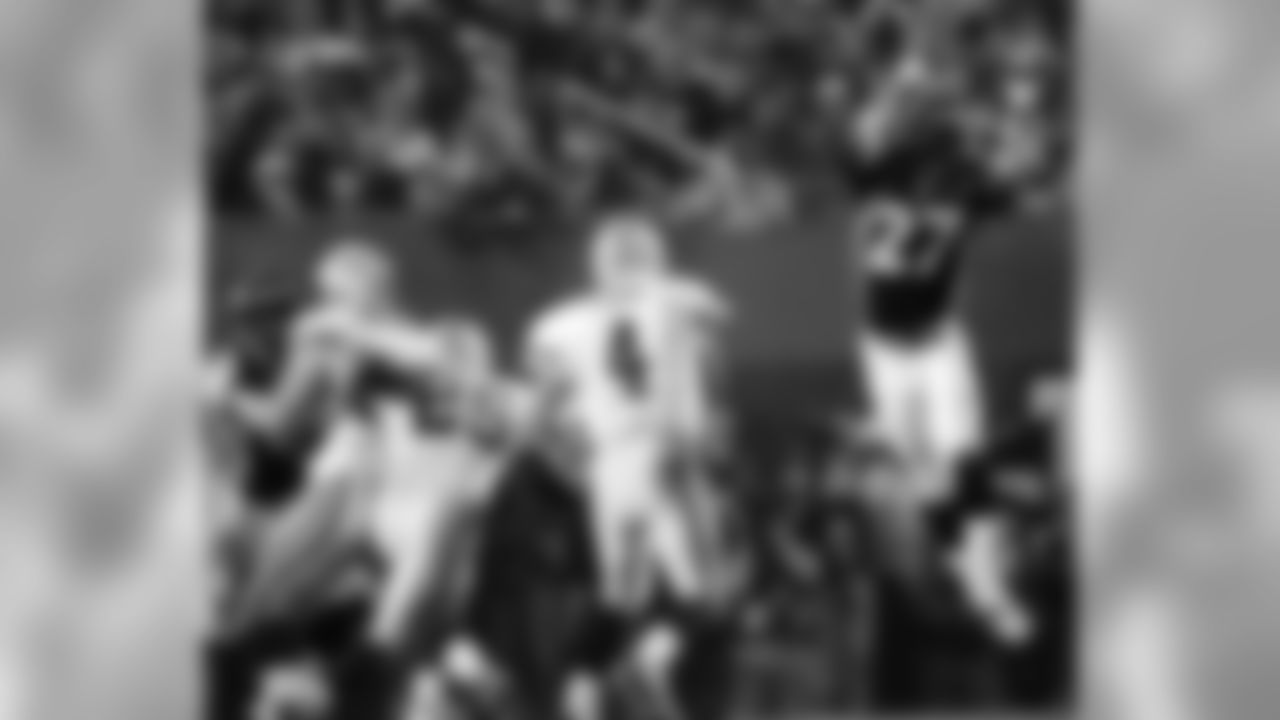
Safety Steve Atwater (1989 NFL Draft - first round, 20th overall) jumps to make a play on a pass from Packers quarterback Brett Favre. He played for the Broncos for 10 of his 11 years in the NFL, making the Pro Bowl eight times as a Bronco.

Tory James (1996 NFL Draft - second round, 44th overall) defends a route by a Packers receiver. James spent three years of his 10-year career in Denver.

Kenoy Kennedy (2000 NFL Draft - second round, 45th overall) comes up with a fumble recovery against the Raiders.

Deltha O'Neal (2000 NFL Draft - first round, 15th overall) celebrates returning a punt for a touchdown, though it would be called back after a penalty.

Cornerback Darrent Williams (2005 NFL Draft - second round, 56th overall) breaks up a pass to Texans wide receiver Andre Johnson.
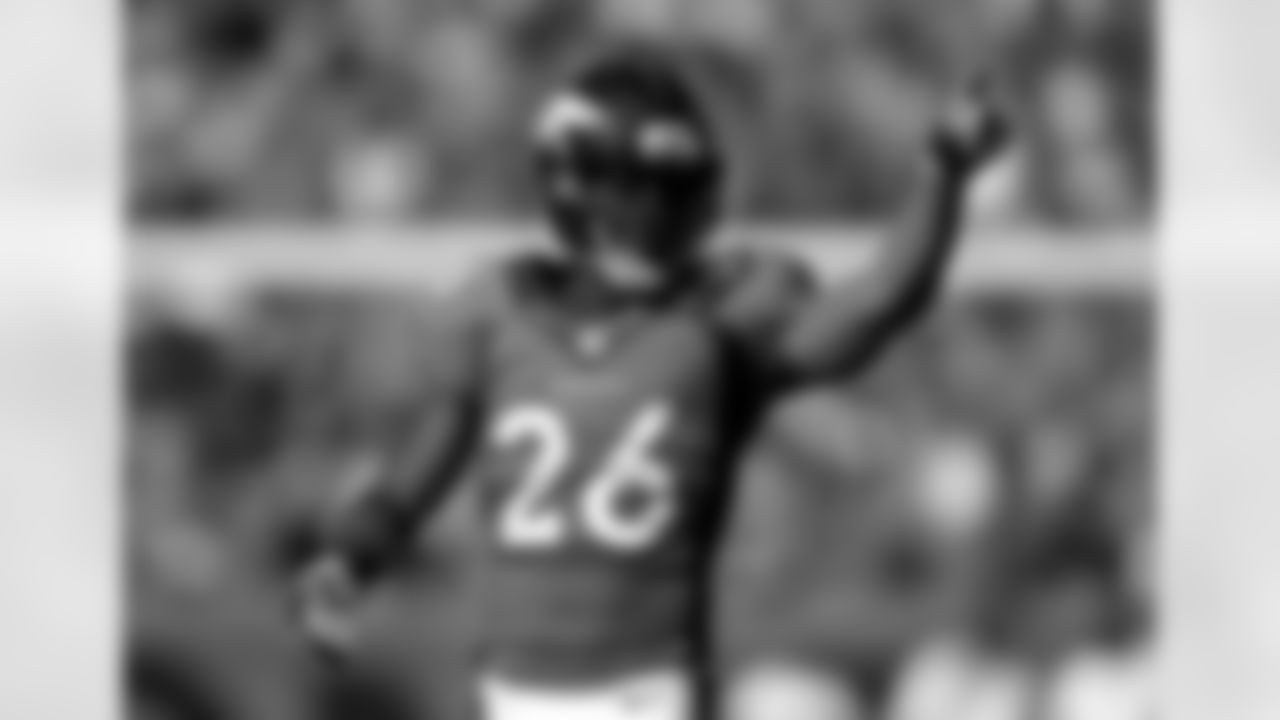
Safety Rahim Moore (2011 NFL Draft - second round, 45th overall) during a game against the Arizona Cardinals.
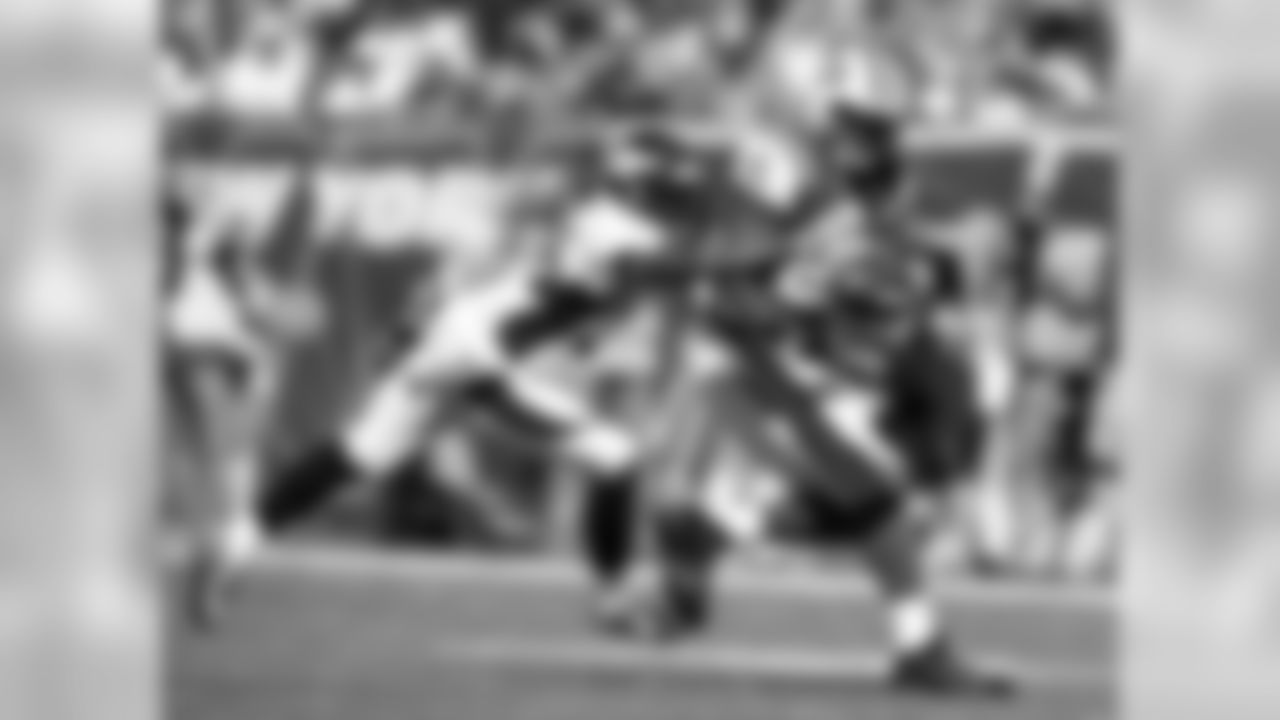
Kayvon Webster (2013 NFL Draft - third round, 90th overall) stretches out to try to deflect a pass against the Jets.
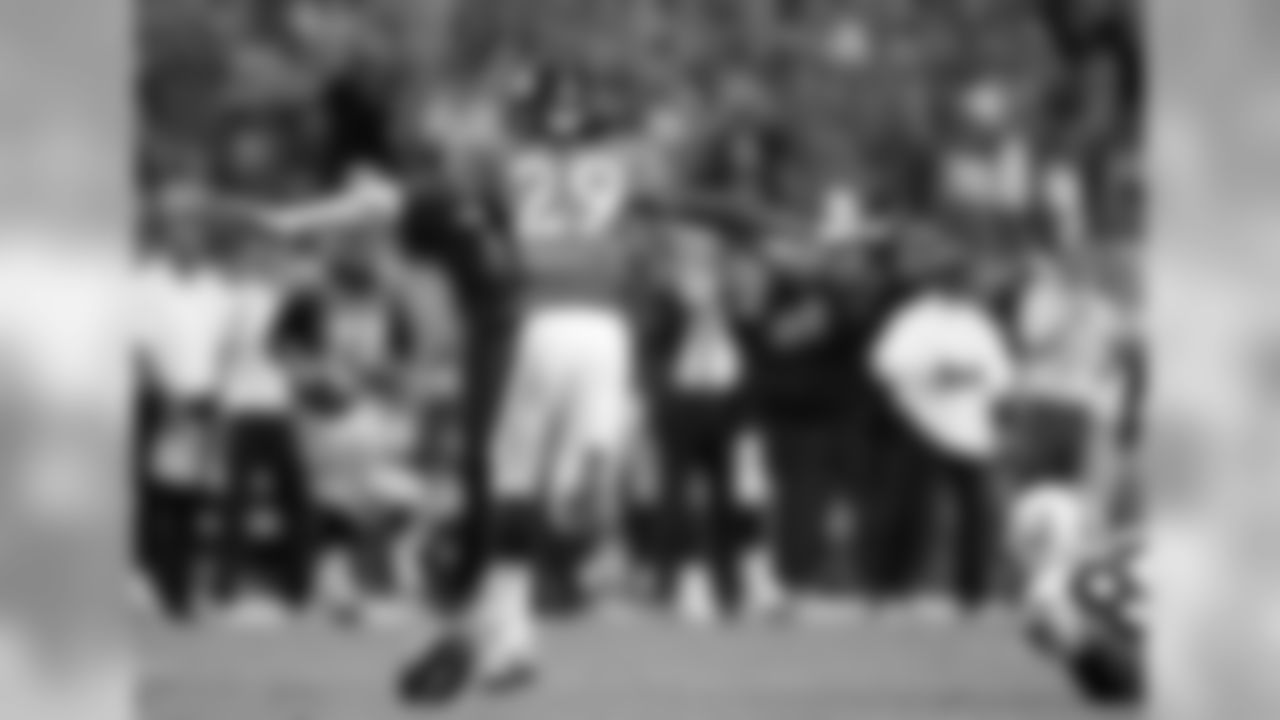
Bradley Roby (2014 NFL Draft - first round, 31st overall) celebrates breaking up a pass against the Colts.
In advance of the 1964 AFL Draft, Speedie convinced Gehrke to join the Broncos as a full-time player personnel evaluator. This was Gehrke's entry into the Broncos, with whom he became the first general manager and architect of Denver's first Super Bowl team in 1977.
But back in 1964, the Broncos not only were lousy, but they had no money. They were in the American Football League, and it was a given that any player of quality would sign with the NFL team that drafted him over Denver, unless the Broncos could pay lots of money, which of course was out of the question.
But that did not mean Fred Gehrke did not recognize talent.
Indeed, the 1964 draft became the only one in Broncos history in which Denver selected three players who all would go on to the Pro Football Hall of Fame.
Of course, Denver did not succeed in signing them, but the three were Bob Brown (first round), "The Boomer" from the University of Nebraska.
Brown signed with the Philadelphia Eagles and was virtually the left side of an offensive line all by himself as he played his way to Canton.
The draft was 26 rounds in those days — the feeling was you might as well have a lot of rounds, as you were certainly not going to sign all your players in competition with the relatively deep-pocket NFL teams.
In the 12th round Denver selected Paul Kausse, the great safety who became pro football's all-time leader in interceptions with the Minnesota Vikings and who also was voted into the Pro Football Hall of Fame.
Go back in Broncos history with our gallery of their finest linebackers they drafted.
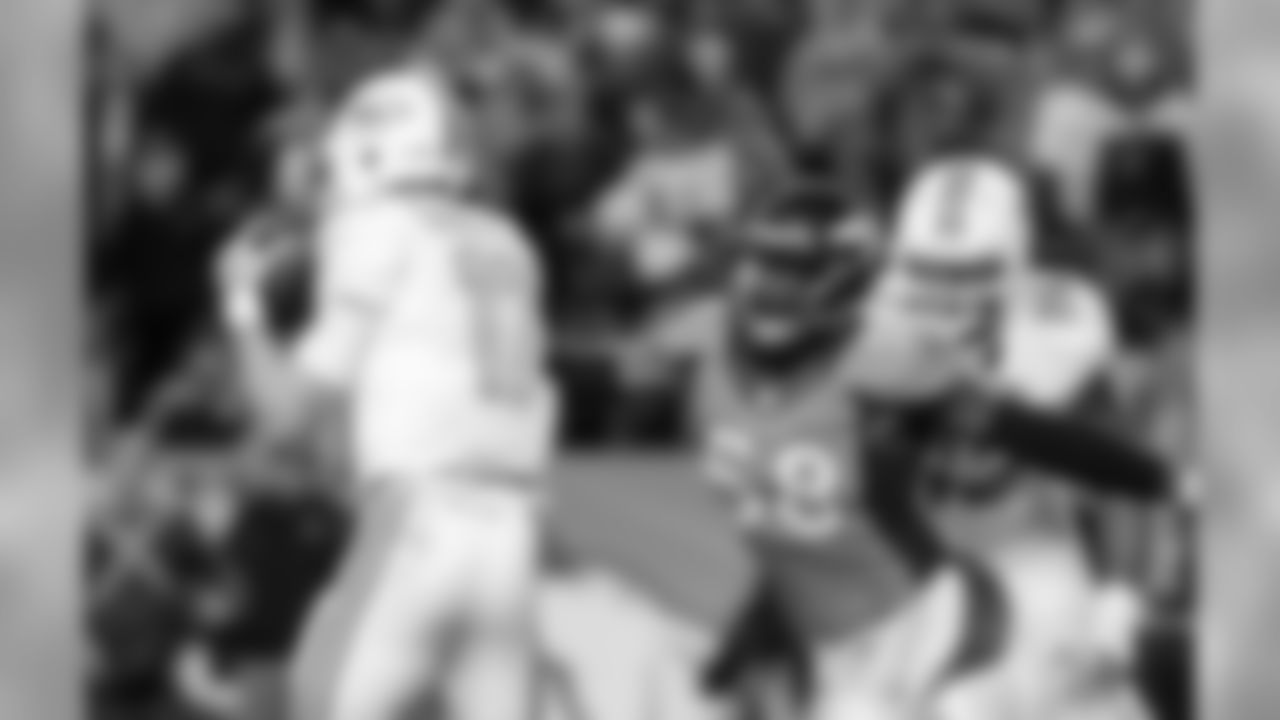
Denver Broncos linebacker Von Miller (58) pressures the quarterback during fourth quarter action against the Miami Dolphins in the NFL game at Sports Authority Field in Denver, CO, November 23, 2014.
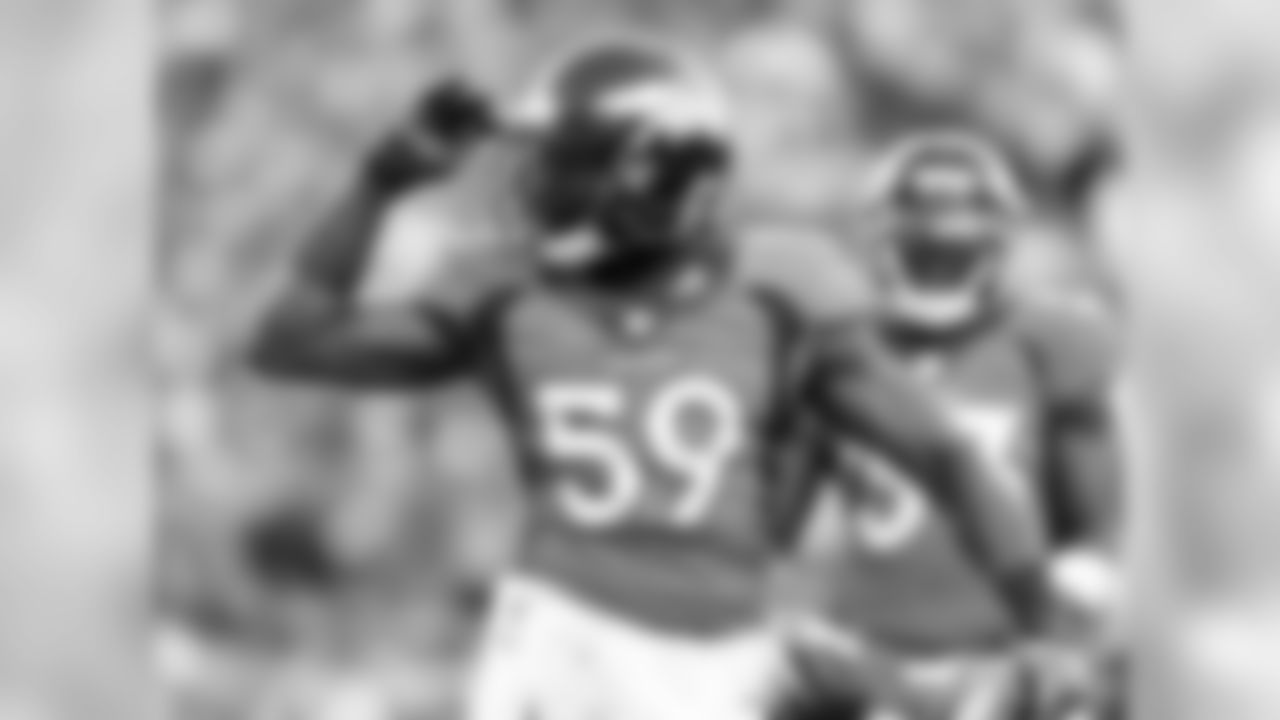
Denver Broncos linebacker Danny Trevathan (59) celebrates a big play during fourth quarter action against the New England Patriots in the AFC Championship playoff NFL game at Sports Authority Field in Denver, CO on January 19, 2014.
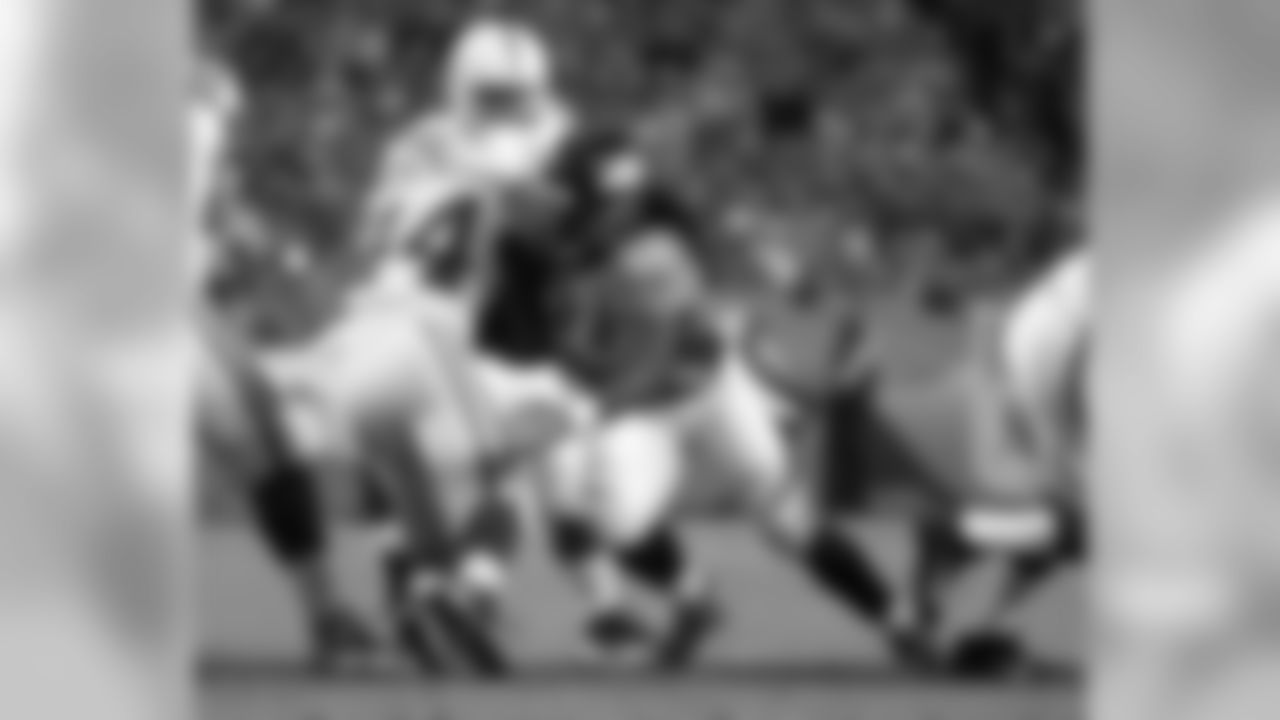
Denver Broncos linebacker Nate Irving (56) stops Indianapolis Colts running back Ahmad Bradshaw (44) during second quarter action against the Indianapolis Colts during the preseason game at Sports Authority Field at Mile High in Denver, CO, 9 07, 2014.

Linebacker D.J. Williams stops a Buccaneers running back in his tracks.
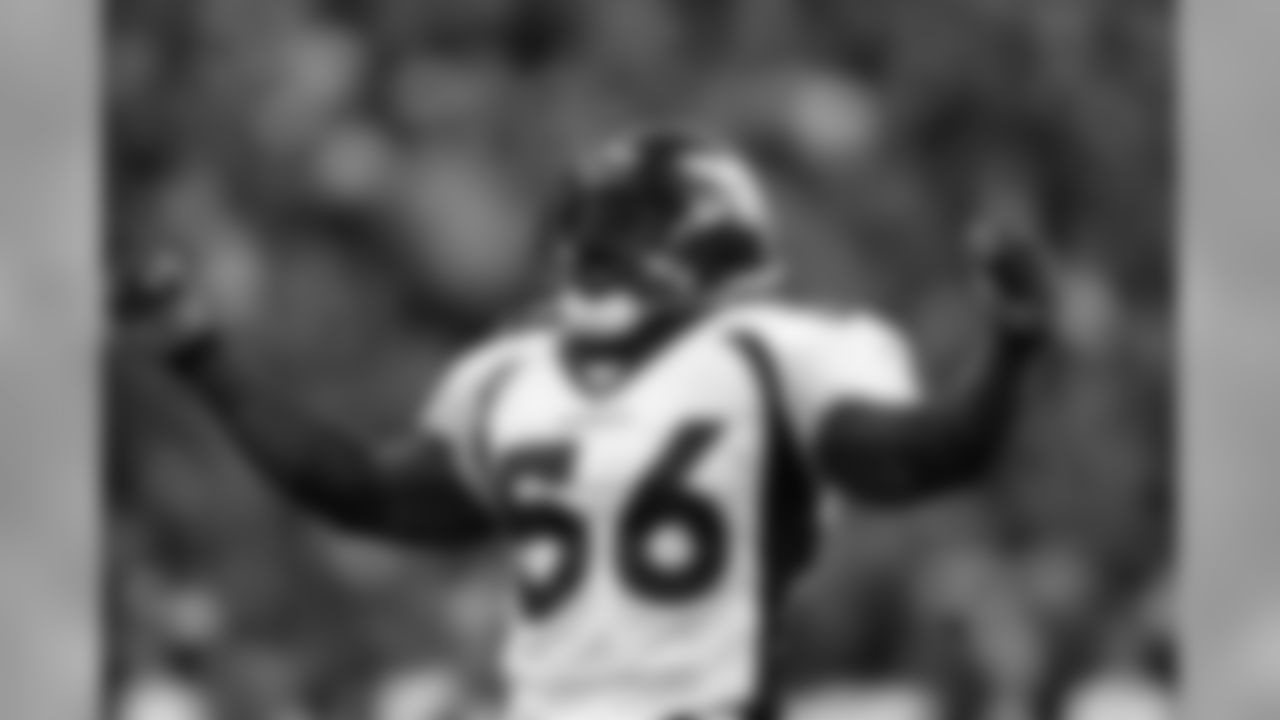
Al Wilson gets the fans pumped up against the San Diego Chargers at Invesco Field at Mile High in Denver, CO on November 16, 2003.
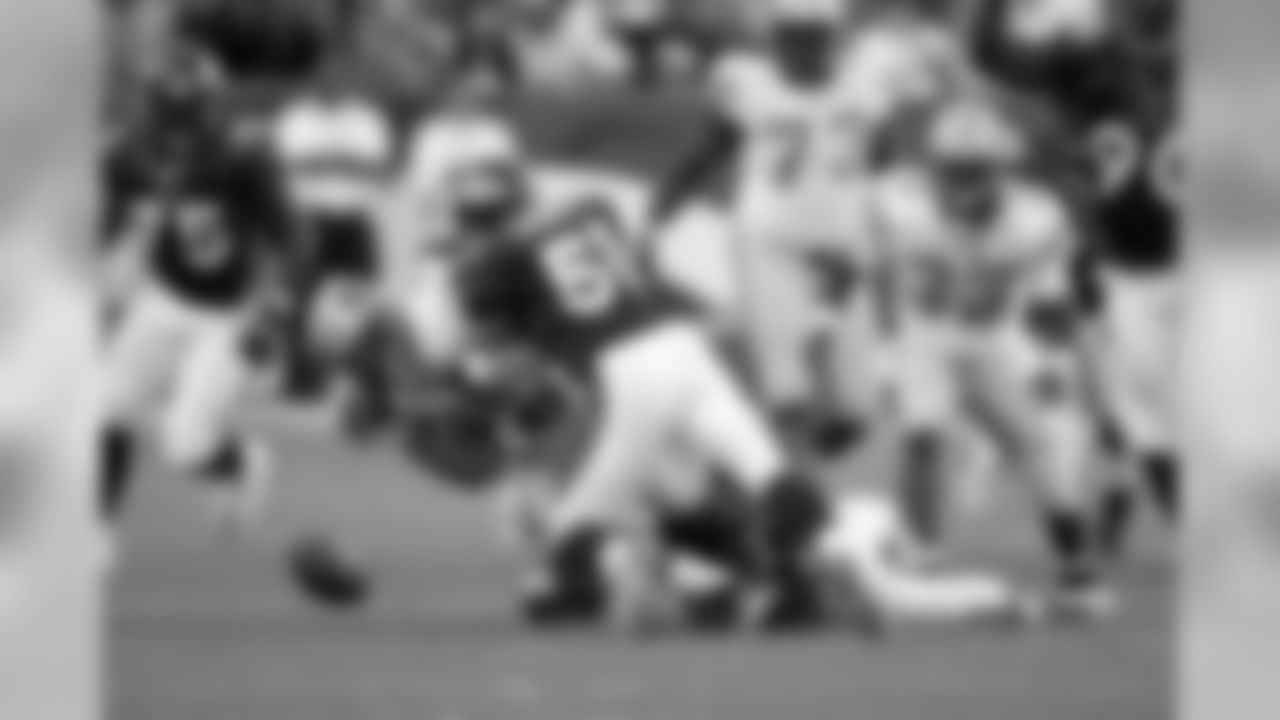
John Mobley makes a hit and forces a fumble against the Detroit Lions at Invesco Field at Mile High in Denver, CO on September 28, 2003.
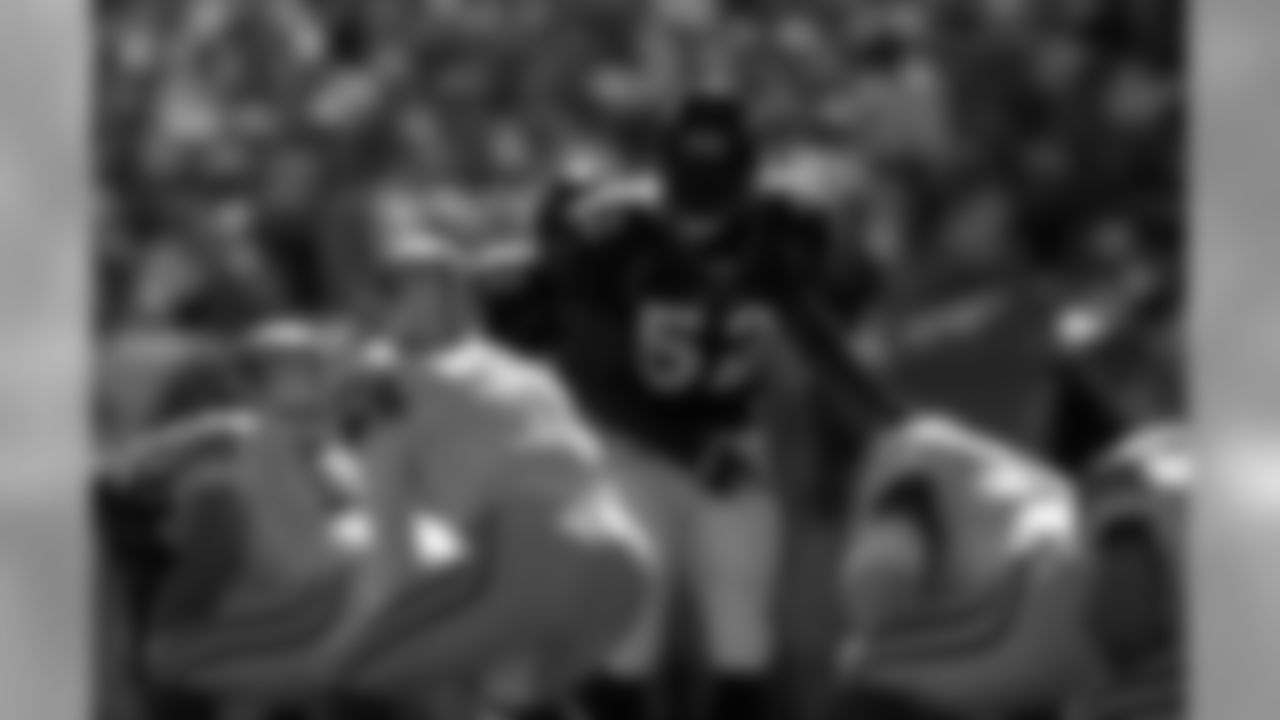
Linebacker Ian Gold makes adjustments at the line of scrimmage.

Linebacker Michael Brooks watches the line in a game against the Chargers.
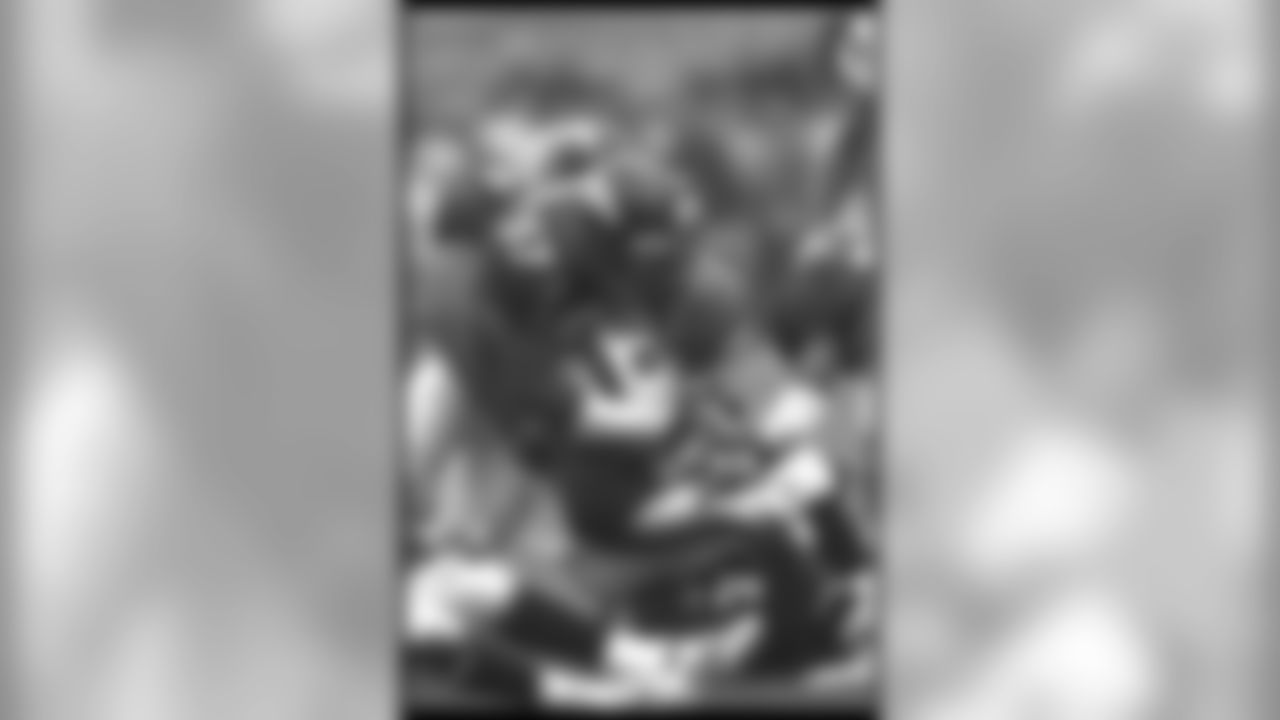
Linebacker Allen Aldridge helps make a tackle against the Cincinnati Bengals on Sept. 21, 1997.
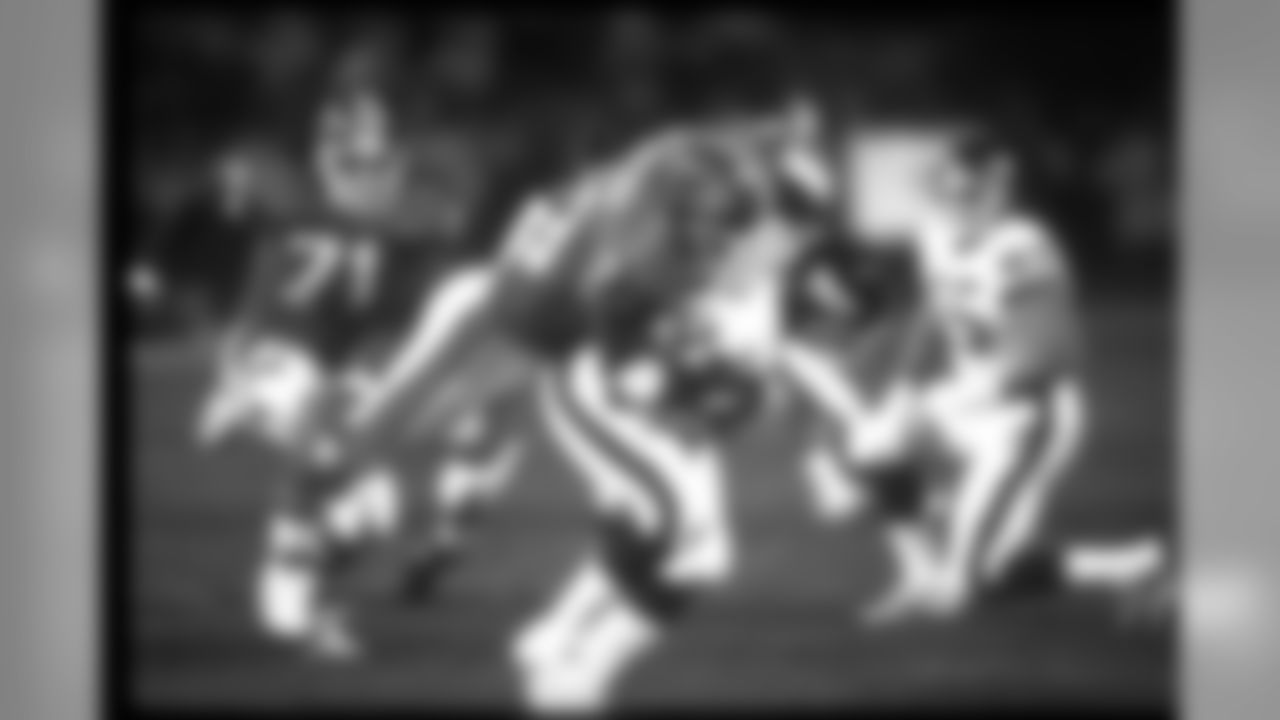
Simon Fletcher tackles the New York Giants' Jeff Hostetler.
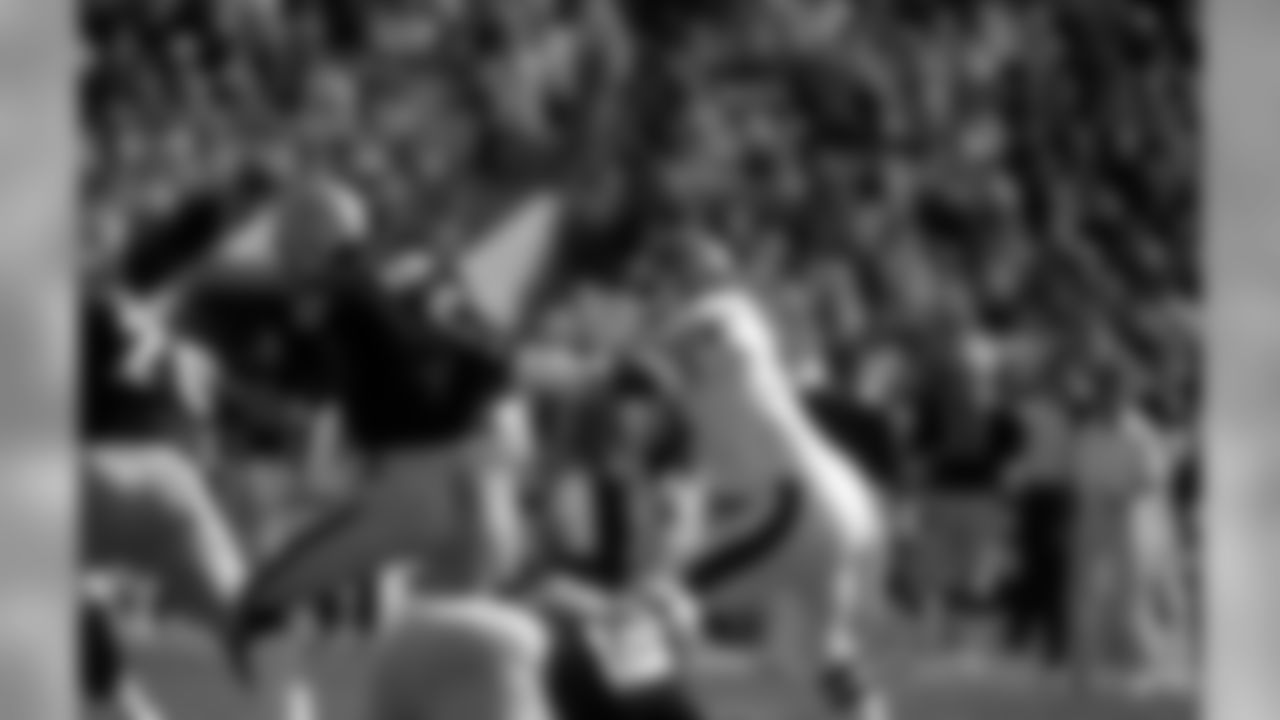
Denver Broncos linebacker Tom Jackson (57) sacks Los Angeles Raiders quarterback Marc Wilson (6) during an NFL game in Los Angeles on October 28, 1984.
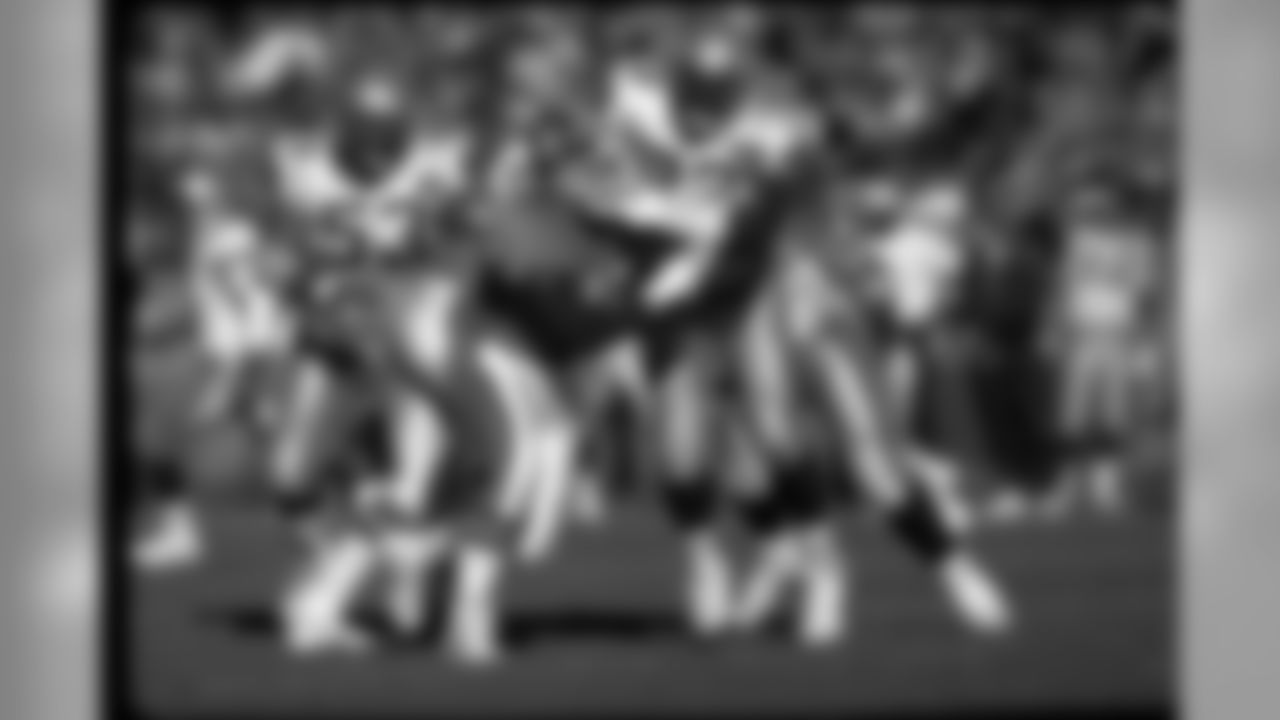
Linebacker Karl Mecklenburg tries to break through a Seahawks blocker during a November 13, 1994 win (17-10) over Seattle at Mile High Stadium.
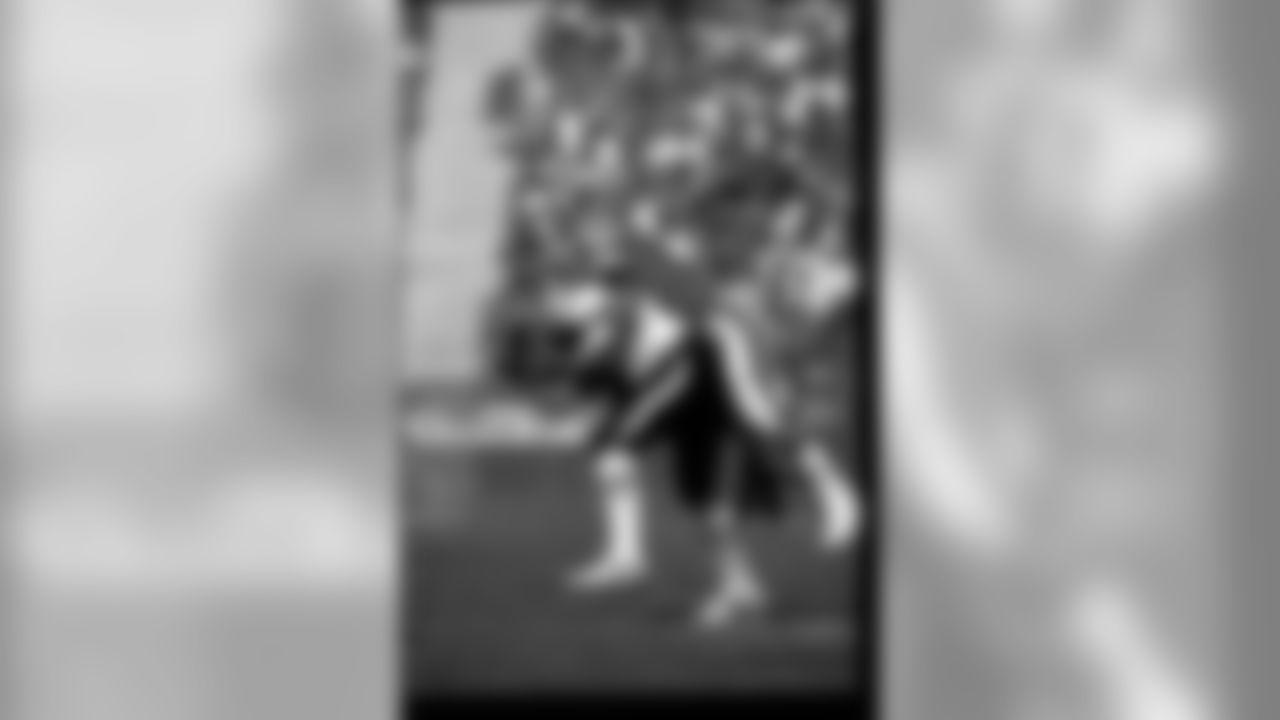
Linebacker Mike Croel wraps up a Chargers receiver.
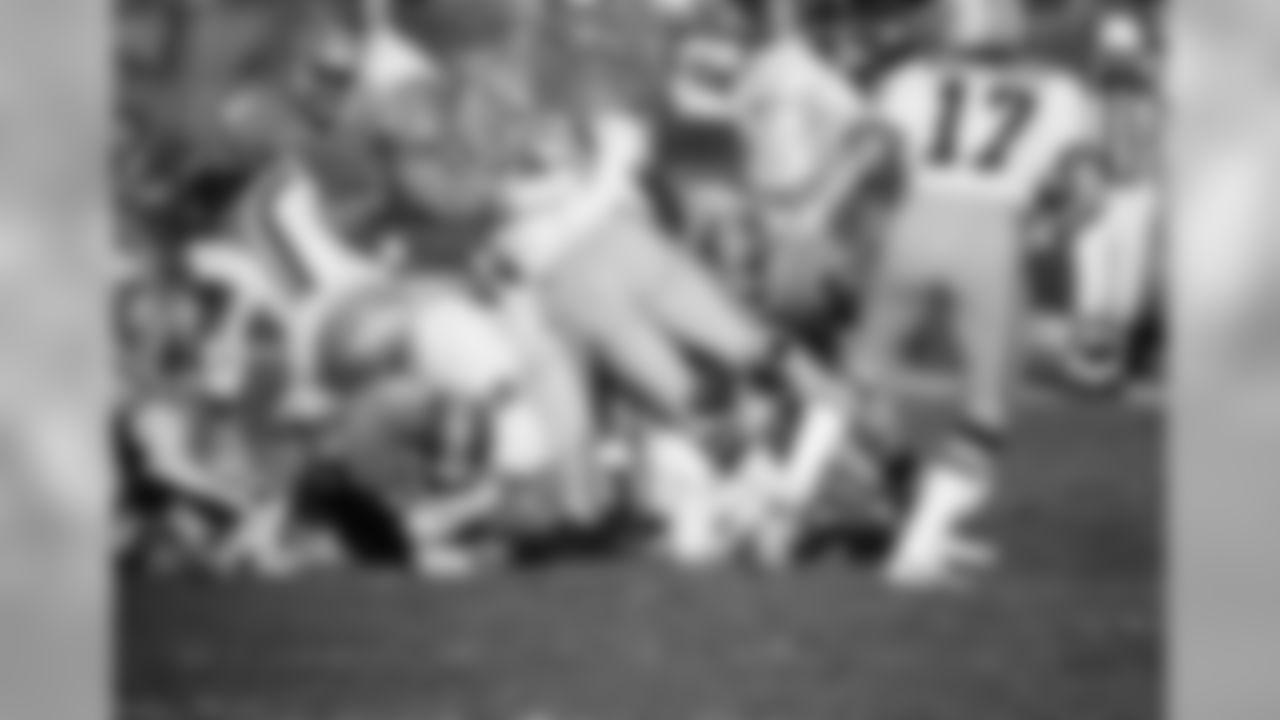
Randy Gradishar (53) of the Denver Broncos leads the defensive surge during a game against the Green Bay Packers on Jan. 11, 1979. Gradishar was chosen as the Associated Press NFL Defensive Player of the Year.
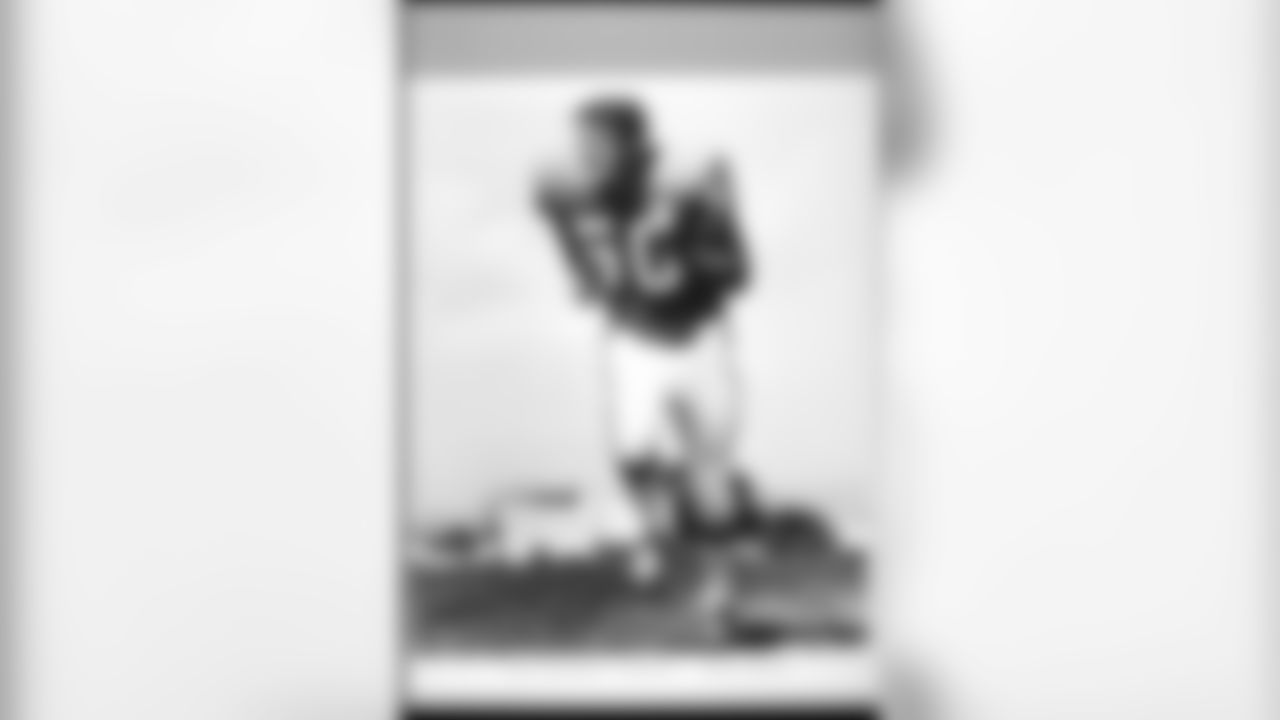
Carl Cunningham poses for a team photo.
The third member of the Broncos' unsigned Hall of Fame triumvirate in 1964 was Bob Hayes, "Bullet Bob" of Olympic fame. So many track athletes tried their hand at wide receiver over the years, but Hayes by far set the gold standard in his illustrious career with the Dallas Cowboys.
The following year was no kinder to the Broncos in terms of the draft, but the 1965 NFL draft did feature what I consider to be the single greatest two-player, back-to-back selections in pro football history.
I digress, but a fan might be interested in this tidbit.
The Chicago Bears had acquired Pittsburgh's number one draft choice in a trade, and that was the third selection in round one. The Bears already had the fourth pick, which was their own, so they had consecutive first round choices, the third and fourth picks of the entire draft.
This has happened a few times, but absolutely never with the success that Chicago had in selecting Dick Butkus and Gale Sayers with the consecutive selections.
That remains the only time in pro football history that a team has had consecutive picks in the first five choices of the first round, with both players going on to the Pro Football Hall of Fame.
As for the Broncos, they too selected Dick Butkus in the AFL Draft, but mostly as a public relations move to show Denver fans how serious they were about bringing in top flight talent. Of course, Denver knew they could not afford Butkus and also knew the Illinois great was going to sign with Chicago, so the offer of "most money" received scant attention from Butkus.
It was to be another crummy draft by Denver.
However, the selection taken immediately following the Butkus-Sayers tandem was by Dallas, and it was a gifted quarterback from California who Gehkre liked a lot, but he again had no chance at getting him—in 1965.
It was Craig Morton, and the Cal product stated his career in Dallas, and Fred Gehrke could only watch. Denver's offensive line coach in 1965 was a young man named Red Miller, and his nickname came not just from his shock of red hair but from a fiery personality to match.
He liked Morton too.
Six degrees of separation, pro football style.
Jump forward to 1977, when Gehrke was named general manager of the Broncos and in his first significant act fired head coach John Ralston.
Gehrke had stayed close with the fiery redhead who by then was offensive coordinator for the new England Patriots, and Fred hired Red as the new Denver head coach.
The Broncos had a real good roster by that time, but still in need of a top flight player and leader at quarterback.
Fred and Red talked about it, and Gehrke found that the New York Giants would take Denver quarterback Steve Ramsey in exchange for Morton, whose career had stalled in New York but who was still the same guy with all that promise when he came out of Cal in 1965.
Enter Craig Morton, and the Denver Broncos won their first American Football Conference championship and made their first Super Bowl appearance in Super Bowl XII in New Orleans.
From 1965 to 1977 through 2015, the degrees of separation are never as distant as they may seem.
Morton wore No. 7 in his Ring of Fame career in Denver, and as soon as he retired the Broncos made a trade for the greatest No. 7 in pro football history, John Elway.
The stuff of legend, and the legend continues.
Not only was Elway a Hall of Fame quarterback and without question on the list of "greatest ever at the position" that you arguably could count using just your thumbs, but now he is the Broncos' general manager and runs the draft, his number retired forever in the Mile High City.
Like tracing a family history from immigration to the great success stories of the present, so too can one trace a team's player history from that first moment of coveting one you cannot possibly have to acquiring him in what would be the single pivotal move to championship contention.
While Bronco fans enjoy a great present and look toward a very promising future, a peek back into history shows us again that the past is prologue to the future and that separation is never quite as distant as it seems.














